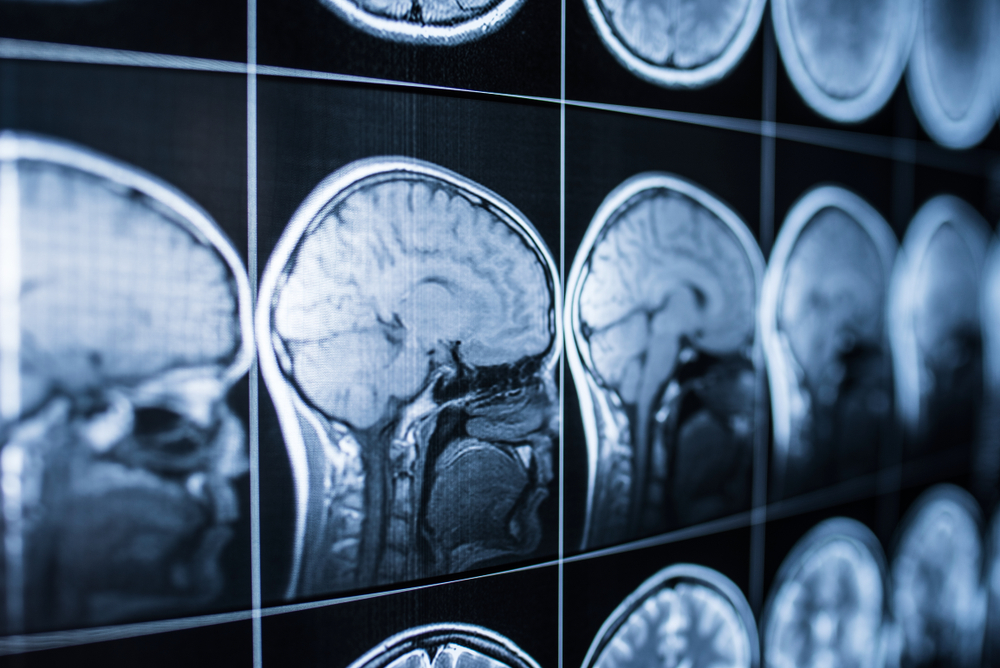A new atlas has emerged, revealing unmatched insights into the location, structure, and even function of over 3,000 types of brain cells. This is a big step toward understanding the 170 billion brain cells that control our actions, thoughts, and communication. This astounding breakthrough is a watershed moment in our effort to better comprehend the human brain.
“We really need this kind of information if we’re going to understand what makes us unique as humans, or what makes us different as individuals, or how the brain develops,” says Ed Lein, a senior researcher at Seattle’s Allen Institute for Brain Science. Lein has been at the vanguard of this massive project, together with hundreds of other scholars.
This recently published brain cell atlas is more than simply a resource; it’s a road map that will help us unravel the enigma that is our brains. “It really has set the stage,” Lein adds, “to show that this is a definable system.”
What sets human brains apart
The atlas is more than just a database of human brain cells; it also helps us understand how the human brain differs from other animals’ brains. While we share a basic brain structure with mice, humans have specialized cells for processing visual information that rodents do not have. “We share kind of a basic plan with mice,” says Dr. Trygve Bakken of the Allen Institute, “but we see specializations in primates that we don’t necessarily see in a mouse.”
When comparing humans to chimps and gorillas, this extraordinary atlas revealed tiny differences in brain areas needed for language processing. Although the main cell types have not changed, gene expression within these cells has, demonstrating that our linguistic talents are the product of different wiring rather than separate cells.
A game-changing tool for neurological problems
The atlas contains a wealth of prospects for understanding and potentially treating neuropsychiatric disorders ranging from Alzheimer’s to depression. “You can use this map to understand what actually happens in disease and what kinds of cells might be vulnerable or affected,” Lein said. Such discoveries could open the path for novel medicines and therapies for various illnesses.
The capacity of this brain cell atlas to decode the secrets stored inside our DNA is maybe the most exciting feature about it. Subtle genetic differences are frequently responsible for the onset of conditions such as Alzheimer’s, autism, depression, and schizophrenia. Long have scientists battled to determine how these genetic alterations influence individual brain cells.
As part of the atlas effort, scientists created a vocabulary that links certain genetic changes to specific types of brain cells. Late-onset Alzheimer’s, for example, is strongly linked to a type of cell known as microglia, which gets activated in Alzheimer’s patients and is thought to lead to memory and thinking loss. This dictionary also connects specific groupings of neurons to genes linked to major depressive disorder and schizophrenia, paving the way for novel treatments for these disorders.
Bing Ren, a cellular and molecular medicine professor at the University of California, San Diego, is enthusiastic about the findings: “I hope our work will allow scientists to develop new strategies for treating these disorders.”
Exploring new frontiers
The brain cell atlas is only one aspect of the massive project to completely understand the human brain. For example, the Human Connectome Project aims to identify the subtle connections that allow individual brain cells to build large networks. This massive undertaking entails researching brain circuits in real time and deciphering the complexities of how large networks of brain cells build memories, solve problems, and give rise to consciousness.
Finally, the brain cell atlas is a game-changing tool that advances our understanding of the human brain. As we explore deeper into this complex realm, we discover solutions that have the ability to improve lives and provide new hope for those suffering from neurological disorders. Our trip through the mind’s labyrinth is far from complete, yet with each map we build, we move closer to unraveling its mysteries.











